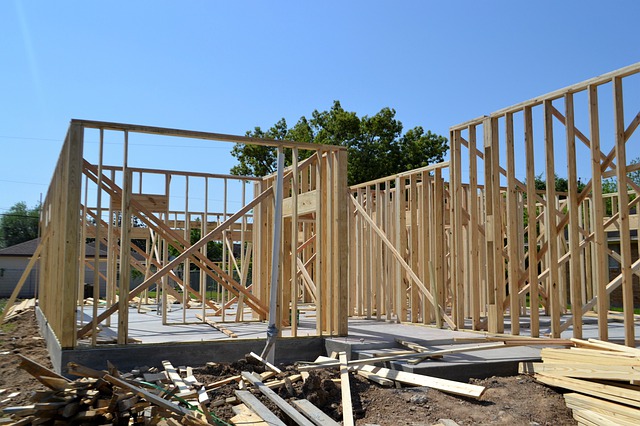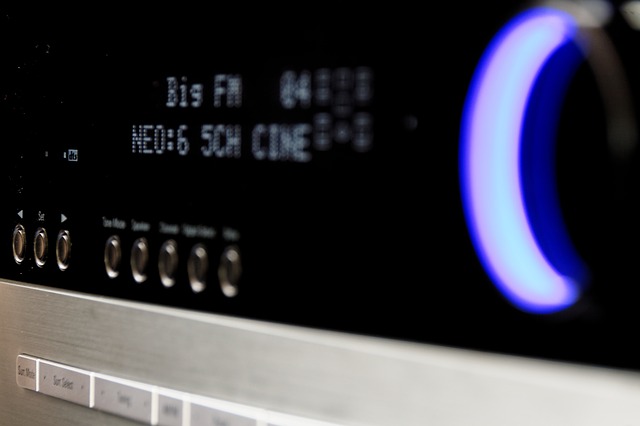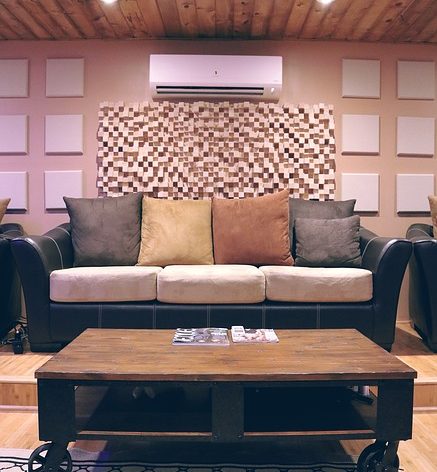Understanding Room Acoustics – A Primer
If you spend any time reading or researching home theater, you will come across a lot of talk about treating your room. You’ll read about bass traps, acoustic panels, corner traps, diffusers, and much more. First reflection points, slap echos, room correction, and other terms will enter your brain. You’ll even find people that will tell you that you need to change the dimensions of your room to get the best room acoustics! What does it all mean? Fear not, dear reader. We’re here to help!
How Room Dimensions Shape Room Acoustics

In the world of home theater, there was a time when we were very worried about the dimensions of your room. This is all related to how the bass bounces around the space. Room dimensions really do shape your room acoustics in a big way. For example, pretend your room doesn’t have a roof and you are looking down on it from above. Now pretend that your room is full of water. If you were to drop a pebble into that water, what would happen?
Ripples. Ripples would happen.
As the waves hit one of the walls, they would bounce back. As they did that, they will run into other waves. Where those waves intersect, they will either strengthen each other or cancel each other out. Simple right?
In the world or room acoustics, those ripples represent the bass waves. The pebbles dropped into the water would land where your subwoofer(s) sit in your room. For many years, experts analyzed the dimensions of a room to predict, mathematically, how those waves would interact. This would help you get the best bass at your seat by anticipating where the waves would interact the least. Current research on room acoustics and understanding good subwoofer placement has made this concern mostly moot.
Want to know more? Check out our article on how to place your subwoofer!
Using Acoustic Panels and How They Affect Room Acoustics

Acoustic panels take many forms. Some are made of foam, the best are made from some type of fiberglass insulation. Using acoustics panels lets you transform some of the sound energy into heat as the sound passes through the panel. Back to our pebble/wave analogy, this reduces the size of the wave (or maybe even eliminates it) as it passes through the panel. Reducing the waves as they bounce off the walls means that you are hearing the sound coming from the speakers without distractions from the reflections. It also reduces how the waves interact with each other as they bounce around the room.
Acoustic panels come in many shapes and sizes. Those sizes will determine what they are called. Are they small and thin (two inches thick or less)? They are room treatments. Are they large and thick (four to six inches)? They are bass traps. Are they meant to be put in a corner? Corner traps (also a type of bass trapping). Regardless, the goal is to improve your room acoustics by decreasing the effect of the sound reflections off the walls.
Want to know more? Check out our article on taming a bright room!
Using Acoustic Diffusers in Your Room

Unlike acoustic panels that seek to reduce sonic reflections, diffusers work completely differently. Rather than reducing the volume of the reflections, using acoustic diffusers in your room actually increases the number of reflections. If your wall is a flat surface (as most are), the sound reflects off it in a predictable and uniform way. Diffusers have a textured surface that is designed to reflect the sound in a non-uniform way.
But if we want fewer or less strong reflections, how do more reflections help your room acoustics you ask? It isn’t always possible or desirable to stop all reflections. Diffusers make the reflection take many different paths so that our ear can’t identify exactly where it is coming from. This forces your brain to focus on the initial source of the sound. When you are sitting close to a wall, a diffuser on that wall is often a good choice.
Want to know more? Check out our article on practical room treatments!
The Importance of Room Acoustics
Why? Why do we care so much about the room? Can’t you just buy great speakers that will give you great sound regardless of the room they are in? In an answer: No. A good rule of thumb is that your room contributes half of the experience of the sound. We can’t understate the importance of room acoustics. Getting your room acoustics right is an absolute priority if you are going to maximize how good your system sounds. By placing some acoustic panels thoughtfully around your room and adding some bass trapping, you can increase your room acoustics significantly!
The Cost of Room Acoustics

In the end, it always comes down to money. How much is this going to cost me? Well, the real cost of room acoustics sort of depends on you. Are you the handy sort that doesn’t mind working with wood, some fabric, rigid fiberglass board, and a couple of tools? DIY absorption panels are totally a thing that tons of people create. There are plans available for corner traps, bass traps, wall panels, and many more. Our friends over at GIK acoustics will be happy to sell you what you need or make them for you for a reasonable price.
If you are looking for something more custom and installed by someone else, there are many companies that you can contract with locally to do the job. But room acoustics doesn’t have to be hard. The panels are relatively light and can be hung from just about anything (we like using these picture hangers). Fabric comes in all sorts of colors and can be used as accent pieces on walls rather than the traditional black boxes you see in many home theaters.
But if you want to get really fancy, you can buy printed panels. Companies like GIK Acoustics will print your original (non-copyrighted) image onto any panel you like. Got a picture of the family? Turn it into an absorption panel! Got a logo for your company? That can be a panel as well. Or you can pick from a selection that GIK Acoustics has available.
Digital Room Correction Systems and DSP

Many (if not most) receivers these days come with some form of digital room correction system or DSP. These programs promise to address the problems with your room by either adding some form of parametric equalization or FIR (finite impulse response) filters. They usually include a microphone and directions about how to take one or more measurements within your room. After the measurements, the program will essentially reduce or increase the volume of certain frequencies in order to counteract how the room is affecting them.
What these digital signal processing systems might not tell you (at least, not in bold letters up front) is that there is only so much a room correction program can do. Once again going back to the wave analogy, if there are lots of waves that are crashing all around your room, the room correction can do little. But if you’ve added room treatments like acoustic panels and bass traps to your room, your reflection waves will be reduced in power and fewer in number. This gives the room correction program the ability to have a much greater effect. If your goal is a perfect room, the room treatments are the ice cream, whipped cream, and chocolate fudge of the sundae. The room correction program is the cherry on top.
Conclusion
We’ve likely only scratched the surface of your journey towards understanding room acoustics and how they affect the listening experience. What we are hoping you come away with is a better understanding of some of the terms and terminology people use when talking about room acoustics. In the end, the goal is getting great sound. If you want that, you can’t ignore your room.


